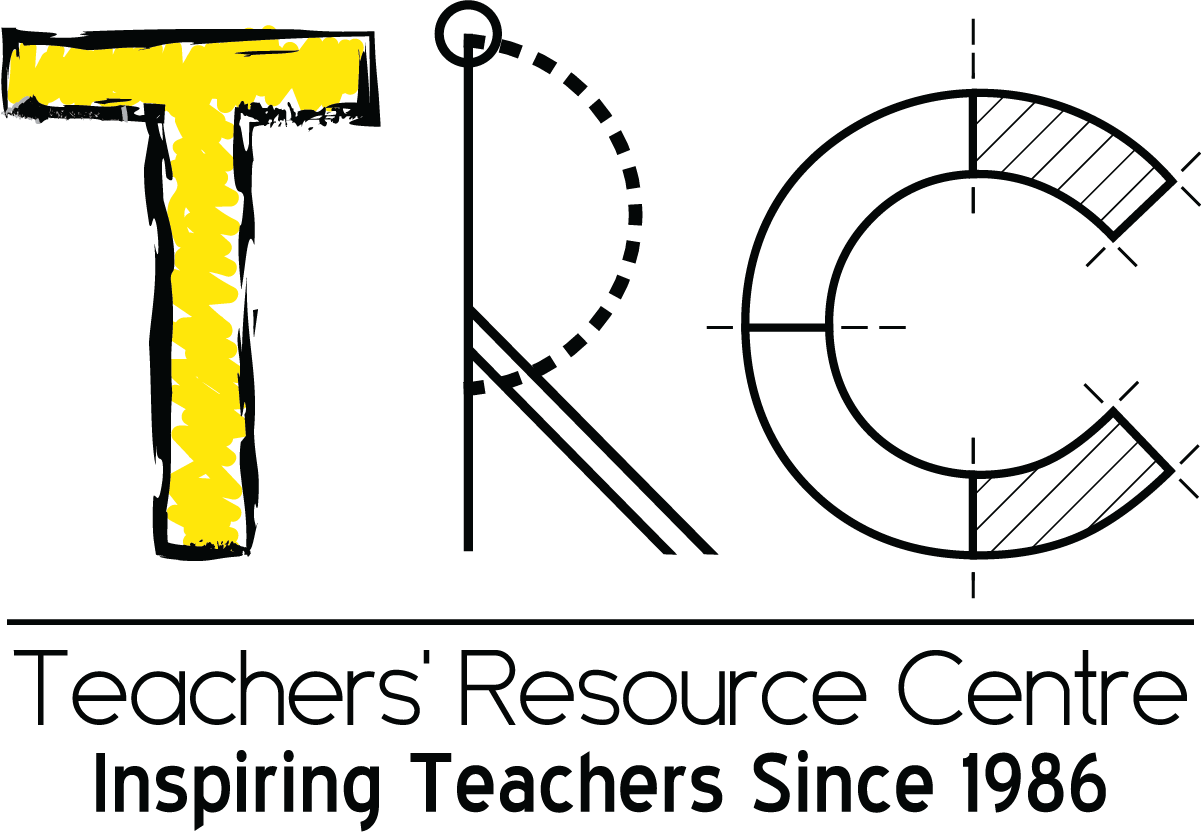No products in the cart.
Responding to Trauma in Students: How Educators Can Help
At some point in your professional career it is almost inevitable that a teacher will have to work with a child or children who have been traumatised. In this month’s Ilm o Amal, TRC staff delves in the kind of traumas that children may have to deal with, and how you as a teacher can provide the necessary support.
In his book, ‘The Trauma of Everyday Life’, author Mark Epstein explains that “trauma is an indivisible part of human existence. It takes many forms but spares no one.” A person can experience trauma as a young child. In fact, more children have undergone trauma than we can see or know. If we begin listing the traumatic events that children can be exposed to, the list can quickly turn into a very long one. You as a teacher may already be dealing with a child (or children) in your classroom who has experienced one or a few of the following traumatic events:
• Medical crises
• Accidents or injuries that threatens a child / children’s safety
• Bullying or harassment
• Family separation (due to migration, divorce, or death)
• Natural disaster
• Abuse (emotional, physical or sexual)
• Neglect
• Observation of domestic, community or school violence
• Substance abuse
• Mental illness
• Terrorism and war
• Poverty
This list is far from complete, but it gives a fair idea of what counts as trauma in the modern world. Traumatic experiences affect how all of us think, feel and behave. They can significantly affect a child’s perception of him or herself, as well as his or her beliefs about the world and others.
Conscious educators understand that trauma is very specific to a child. For instance, different children react differently to what is a fairly common occurrence, such as a change of school, but which may be traumatic for some. One child may react negatively to the change and experience social difficulties and isolation when he/she leaves behind strong relationships and a feeling of being settled in the previous school. Another child may arrive at a new school, excited about the new people he/she will meet and eagerly looking forward to fresh experiences.
Sensitive teachers and educators need to be aware and responsive to these differences. They should also be aware that many times a child’s reaction to trauma is strongly influenced by his/her parents or other significant adults in his/her life. Parents or significant adults are role models for children who are constantly learning how to react and interpret a traumatic event from them. The media is another agent that strongly impacts the responses of children who have been traumatised.
Typical reactions to a traumatic event can be divided into three developmental stages:
3 to 5 year olds
In this age group children who have experienced trauma typically cling to parents. They may cry and display behaviours, such as thumb sucking, bed wetting and fear of the dark which are characteristic of an earlier stage of development. Some children may also play games, reenacting the original traumatic event.
6 to 11 year olds
Children in this age group who have experienced some form of trauma may display anger and aggressive behaviour. Like children in the younger age group, they may also display regressive behaviour. Many children in this age group may avoid talking about the trauma. They may experience difficulties studying and concentrating. At the younger end of this age group, some children may reenact the trauma as a way of processing the event.
12 to 18 year olds
Adolescence can display a host of reactions to trauma. Some teenagers can react to trauma like an adult would, while others responses are similar to those of a younger child would. Adolescents who have experienced some form of trauma can end up displaying increased risk-taking behaviour, isolation, antisocial behaviour, and may even start using addictive substances. Some adolescents can also indulge in impulsive, provocative or risky behaviour. Trauma can also trigger and aggravate conflicts between parents and teenagers.
Caring teachers need to develop some perspective when they are dealing with children who have been through some kind of traumatic event. Following are a few things you should be mindful of while dealing with such a child/children.
1. A child is not trying to make you angry. He/she is simply distracted by the situation that is causing him/her to worry.
2. A child who is grappling with a negative situation is worried about the future.
3. You may think that the situation the child is dealing with is not serious or ‘not that bad’, but what matters is how the child is feeling about it. Try not to judge the child or the seriousness of the trauma.
4. Trauma isn’t always about violence. Children can undergo trauma because of a variety of non-violent circumstances such as parents’ divorce/separation, moving to another city or country and even overscheduling.
5. Teachers and other significant adults don’t need to know exactly why a child is traumatised to be able to help. Instead of getting into the nitty gritty and details of the situation (which may be painful to recall), focus on how you can help your student. If in doubt, be upfront and ask him/her directly about how you can help.
6. It is difficult for children to learn when they are stressed. As a teacher, work on creating a safe and supportive environment to help him/her focus on the task at hand.
Teachers can try the following strategies when working with traumatised children in the classroom.
• If you notice that a child is struggling, generally having a difficult time or acting up, do not ask, “What is wrong with this child?’. Instead ask “What is going on with this child?”. This shift in approach will help you realise that the student has been triggered by something, usually a fear, to act and behave a certain way. Always try to be kind in your response to the child and offer him/her a few choices of things that he or she can do. This will help the child feel a sense of control over the situation and will also convey to him/her that you are willing to help and it is okay to ask for support.
• Create a calm and predictable routine in the classroom, especially during transitions. Some children who experience trauma may be dealing with unpredictable situations at home where seemingly calm situations turn turbulent without warning, sending them into survival mode. Teachers should focus on building a predictable routine so that a child knows what he/she is supposed to be doing, what he/she will do next and how transitions will pan out.
• Remind children that they are accepted the way they are. Praise them in public and if they need to be pulled up, criticise them privately. Sometimes mistakes mean harsh punishments in children’s homes and so teachers need to be sensitive while reprimanding a student. Catch your students following rules and being good, and praise them whenever you can.
• Try and include mindfulness as a practice in your classroom. Mindfulness is a useful tool for children who have experienced trauma, however teachers should be aware that sometimes the practice can bring up uncomfortable memories, emotions and physical reactions and should be conducted by a trained and experienced practitioner.
• Find ways to allow a child who is dealing with trauma to feel a sense of control by involving him/her in the classroom and help him set and achieve goals.
Children can experience trauma in their lives as a result or family dysfunction, bullying, violence and conflict, neglect and abuse.
Schools and teachers need to be trauma informed so they are able to respond effectively and appropriately. By putting the situation in the context of human relationships, teachers who understand the impact of trauma can successfully avoid re-traumatising the child.
February 2018

